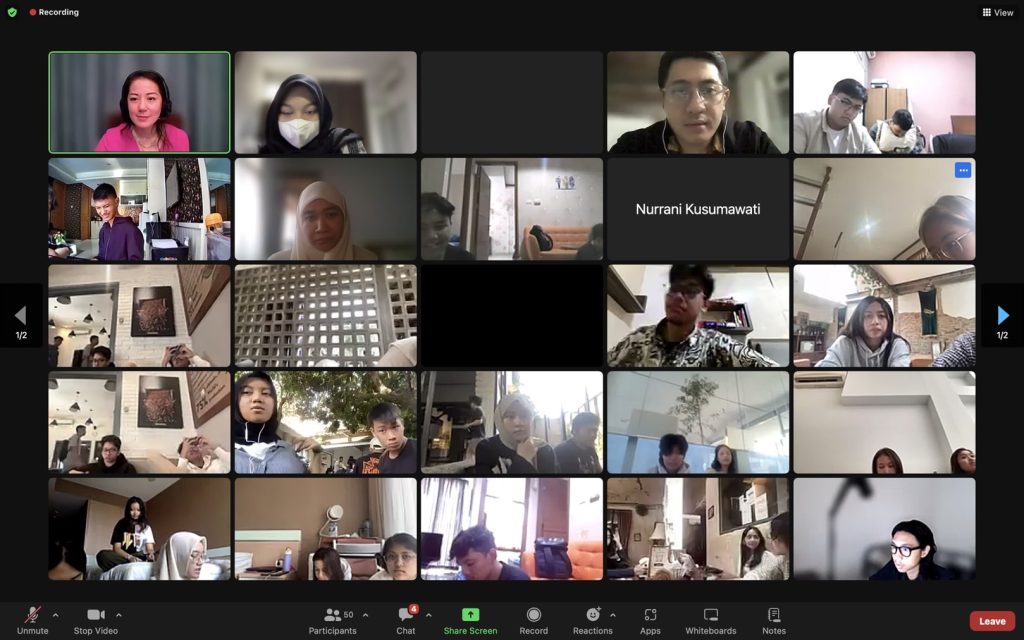The United States market has a dynamic landscape driven by diverse consumer preferences and high demand for quality products. Understanding US market conditions is important for businesses who wish to export their products.
With a varied consumer base and continuously developing trends, we can learn to understand market conditions.
Professor Gina Tran from Florida Gulf Coast University had the opportunity to explain these US market trends in a guest lecture session on Integrated Business Asia at the SBM ITB (2/11).
According to Professor Gina, inflation, technological developments, and significant increases in house rental prices are the characteristics of today’s industry, including in the US. One of the US’s main concerns is inflation, which has raised costs in several industries, including products and services.
Consumer purchasing power is influenced by inflationary pressures, which can also change investor choices. Rapid technological breakthroughs redefine sectors, driving efficiency and creativity while changing customer behavior and corporate models. Due to the opportunities and challenges posed by the ever-changing world of technology, organizations must adapt quickly to remain competitive.
According to Gina, a surprising increase in house rental costs is another phenomenon that may be visible. This surge is due to several factors, including shifting preferences caused by remote work arrangements, supply chain disruptions, and increased demand.
The characteristics of the housing market have changed, causing sharp increases in rental prices in several locations. These trends influence people’s affordability, which can change their financial tactics and spending habits. Therefore, individuals and businesses must navigate these ever-changing market conditions to overcome inflationary pressures, take advantage of technological advances, and deal with the impact of rising housing rental costs.
Gina emphasized that, with complex and diverse market conditions, we need to manage consumer experiences so that they can remember our products or services. Efforts can be made by providing market offers, such as music festivals, creating amusement parks and holidays, or even providing incentives to try, taste, and feel the products being sold.
Customers are expanding their preferences beyond their usual choices, prompting a willingness to explore new products, explore different brands, and embrace diverse cultural or international influences. This shift is driven by a desire for variety and uniqueness, making consumers more open to trying new goods, services, or experiences.
These changes can be attributed to shifts in consumer preferences, a demand for customization, and an increased interest in a broader range of products. As the business world strives to innovate and adapt to evolving tastes by offering a wider array of goods or services to cater to diverse consumer needs, the impact of this expanding range of preferences can be significant across various sectors.
The surge in consumer tastes and preferences is strongly influenced by global trends. For instance, contemporary social events, the growing political engagement of brands, evolving eating patterns, the rise of thrifting and second-hand purchases, reduced consumption, the integration of virtual reality in various fields for enhanced consumer experiences, and Amazon’s expanding market share are all contributing factors.






